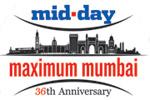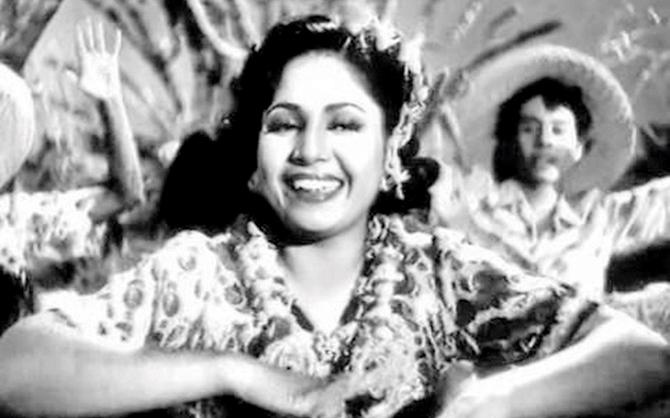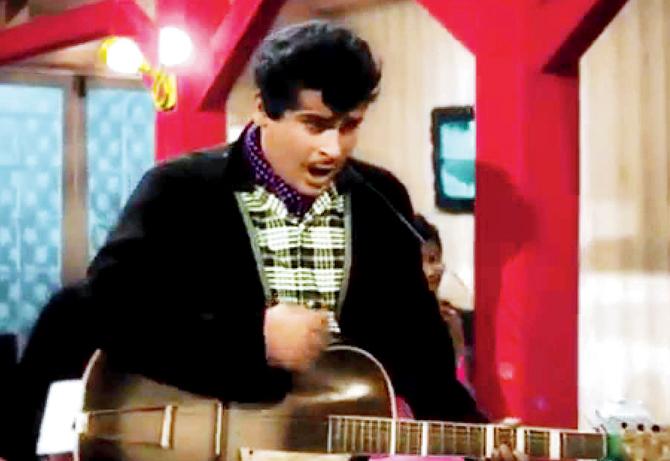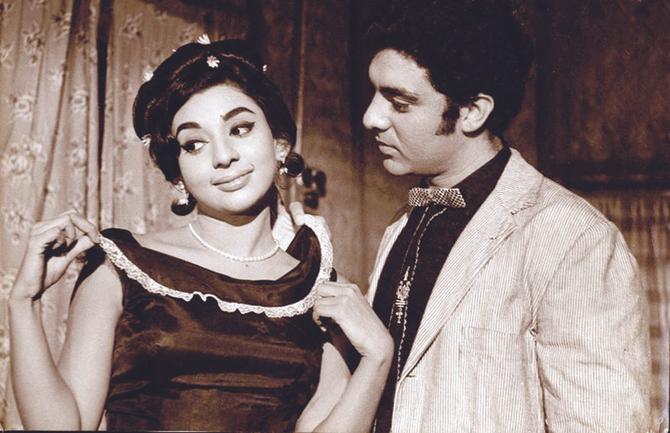The proof of Bombay's Jazz Age is spread across different forms of media; unfortunately, we forget that the strongest validation of this is found in Indian cinema

Bombay Jazz
 Much credit goes to director Anurag Kashyap for digging up a matter that needed the filmic medium to re-establish.
Much credit goes to director Anurag Kashyap for digging up a matter that needed the filmic medium to re-establish.
ADVERTISEMENT
While the film did not go down well with the critics, the film did restore a feeling of curiosity that was only felt by a marginal group of people.
History text-books, many would agree, painted a grim image of the freedom struggle prevalent back then. We know all that Mahatma Gandhi learnt from his stay in Africa, but we weren’t told about what the African-American musicians taught our musicians about jazz. In the 1930’s, Bombay was experiencing an exquisite wave of artistic ingenuity that entered the quay; its effects form the backdrop of Bombay’s jazz age. Here are a few films that manage to squeeze in a slice of that era.

Albela (1951)
For jazz lovers the writings of Philip Larkin are an appetizer, in the form of words, to a whole lot of names that took jazz to all new heights. Larkin was a poet but he was once quoted as saying, “I can live a week without poetry, but not a day without jazz.” The Larkin for us Indians, whose writings on the Bombay Jazz Age has brought us knocking on his door, is Naresh Fernandes. He pointed out that the trumpet player one can see during the song ‘Diwana parwana’ was Chic Chocolate. One of the many Goans who brought their knowledge of jazz to the tunes of C Ramchandra, Anil Biswas, O P Nayyar and others.

Mr & Mrs’55 (1955)
Late filmmaker Mani Kaul, who belonged to what is termed as ‘parallel cinema’, was asked about his views on Guru Dutt’s films to which he replied, “There is a random quality about light on faces. It is not molded. This is the amazing quality about Guru Dutt’s films.” It is this play of light that one marvels at in the film Mr & Mrs’55. Especially when, Preetam Kumar (Guru Dutt) is seen looking longingly at Anita Verma (Madhubala) as the shadows of the dancers, dancing to jazz music, paint the adjoining wall of the restaurant.

China Town (1962)
Bollywood films are known to exaggerate reality to offer their audiences an escape from the daily humdrum. While Jazz underwent a change through the years and increased its momentum a notch higher, Bollywood was not ignorant to this change called rock ‘n’ roll. Steering the helm of this new trend was Shashi Kapoor. In the film China Town, the picturisation of the song ‘Baar Baar Dekho’ depicts the actor performing with a backing band at an eatery.
Bambai Raat Ki Bahon Mein (1968)
Sudhir Mishra, had once mentioned that Bambai Raat Ki Bahon Mein is a must watch. He asserted, “When you talk about films that portray Mumbai, this work of Khwaja Ahmad Abbas is seminal.” While watching the film would be the best way to keep one’s doubts at bay, the critics back then were not steered away from highlighting its flaws. Throughout the crime-thriller the present audience, who is well aware of the exotic locales of Mumbai, viewing this would be nothing short of a journey back in time. Besides when the story picks up pace, the heated suspense is cooled off by a sequence shot at a
jazz club.
Click here for mid-day 36th anniversary special
 Subscribe today by clicking the link and stay updated with the latest news!" Click here!
Subscribe today by clicking the link and stay updated with the latest news!" Click here!







